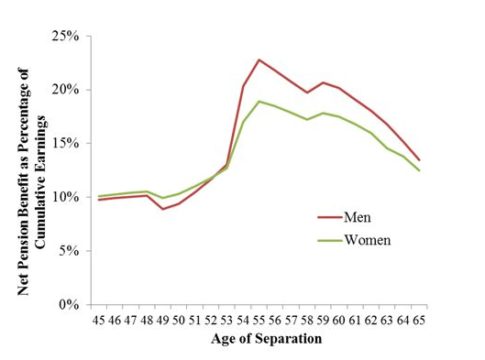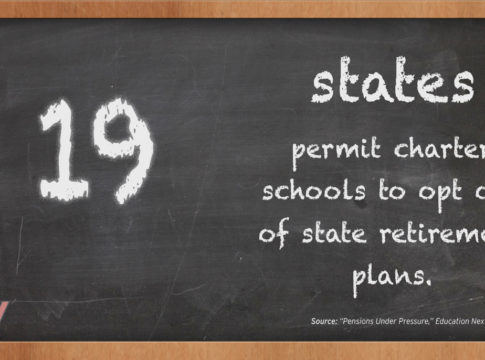When Terry Adams decided to retire from being the Wentzville School District superintendent last April, he had some good reasons. After a 38-year career in education and being named Missouri School Public Relations Association Superintendent of the Year in 2010, Adams was looking forward to spending time with his grandchildren. Instead of retiring, however, Adams accepted the interim superintendent position in the Rockwood School District. He had good reasons for this decision as well.
Adams earned $221,769 from Wentzville in the 2012-13 school year. He signed with Rockwood for $250,000. According to the Wall Street Journal ‘Cost-of-Living Wizard’, this would be the equivalent of roughly $470,800 in New York City. This move will not only earn him more money this year, he will reap the rewards for the rest of his life. Wentzville and Rockwood are part of the Public School Retirement System of Missouri (PSRS). This is a defined benefit pension system. That means retirees are guaranteed benefits based on their final average salary.
Final average salary in PSRS is based on the last three years of employment. By working one additional year at a higher salary, Adams boosts his final average from $213,877 to $228,200.
I visited the PSRS benefit estimate calculator and plugged in these figures along with Adams’ years of service and his approximate birthdate (I had to guess). By my calculations, Adams would have received more than $207,000 a year in retirement benefits. By working one extra year, he will earn an extra $15,000 per year for the rest of his life. Over the course of 20 years, this will add up to more than $300,000 in extra retirement benefits. Not bad for an extra year’s work.
I certainly do not blame Adams for his decision. He was doing what was best for him and his family. Moreover, Adams is not alone. The final average salary rule is well known among teachers, principals, and superintendents throughout the country, making switches like this quite common. The problem is not the individual, but rather a poorly designed system that rewards this type of behavior.
Spiking of final average salary is one factor among many that contributes to the underfunding of defined benefit pension systems in Missouri and in other states. According to a recent policy study by Andrew Biggs for the Show-Me Institute, the total amount of unfunded liabilities for PSRS is more than $5 billion. That is assuming an 8% return on current investments — an ambitious assumption. If we assume a more moderate 4 percent rate of return, the unfunded liabilities of PSRS swell to more than $31 billion.
So who pays for Adams and the countless other individuals who spike their pay in their final years? Who pays for the mounting unfunded liabilities of defined benefit pension systems? The taxpayers do.
-James Shuls
James V. Shuls, who joined the Show-Me Institute as an education policy analyst in July 2012, earned his Ph.D. in education policy from the University of Arkansas.
This blog entry first appeared on Education News.





